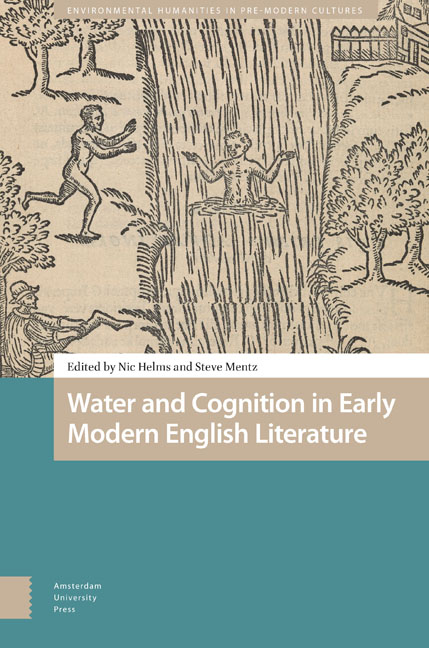Book contents
3 - Monsters of the Deep: What Watery Dreams May Come in Shakespeare’s Richard III
Published online by Cambridge University Press: 16 April 2024
Summary
Abstract
Shakespeare's early histories deal with dreams transmogrified into various oceanic forms—metaphorical systems especially serving to capitalize upon the lived experience of the island-dwelling English people and their author's abiding interest in maritime culture. The dream sequences in Richard III, including Stanley's dream of a monstrous boar, Richard's nightmares on the eve of battle, and, particularly, Clarence's dream of drowning, feature the consuming power of Machiavellian politics and of the watery deep; they let us peer into the complexities of an Elizabethan world of trade globalization, dissimulation, fatal misrecognition, expanding geopolitical influences, and the embrace of consumer culture. From those early modern beginnings to our own late-Anthropocenic world, these influences have grown into a planetary stranglehold of desire, consumption, and the abjection of disposability.
Keywords: Anthropocene, cognition, drowning, ecology, ocean, York
The contents of dreams often perplex the awakened dreamer, filled as they are with time out of joint and obscure meanings. Dreams are crowded with the detritus of the unconscious—for Jung, a great ocean, and what Freud and Bachelard thought of as shapes that “rise from the plasticity of the imagination, an imaginary raw material like dough, or clay, or molten metal. Stuff is indeed the right word for dreams.” Jungian psychologist James Hillman notes, however, that this stuff of dreams is “not simple raw material” but is “always shaped [and] imaged.” Both psychology and folk wisdom tell us that dreams, properly interpreted, may reveal much of importance about the mind, even the cognition, of the dreamer—and sometimes beyond. If the sleeping human mind molds its living emotions and experiences into, as Hillman says, “distinct materialized shapes,” then the dreams of a fictional character are twice molded into images of significance, these perhaps seen through a watery veil and meant to be understood by the reader, if not necessarily the character.
Shakespeare's Richard III and the tetralogy of plays to which it belongs feature several powerfully prophetic dreams involving either watery environments or symbolic fluidity such as permeability of the boundary between life and death as seen through the resurfacing spirits of the unquiet dead.
- Type
- Chapter
- Information
- Water and Cognition in Early Modern English Literature , pp. 65 - 90Publisher: Amsterdam University PressPrint publication year: 2024



